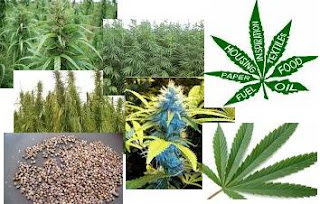Remember:
Posted by
Lilian
at
1:37 PM
![]()
 I would like to share these great green living tips to you all. These will cut down your electricity bill in a little way.
I would like to share these great green living tips to you all. These will cut down your electricity bill in a little way.
Posted by
Lilian
at
12:10 PM
![]()
So cool...no need of aircondition...but guess you need to build some precaution against strong wind and winter time


Posted by
Lilian
at
3:58 PM
![]()
 Plastics are classified by their "resin identification code"—a number from #1 to #7 that represents a different type of resin. That number is usually imprinted on the bottom of your container; flip it upside down, and you'll see a recycling triangle with the number in the middle.
Plastics are classified by their "resin identification code"—a number from #1 to #7 that represents a different type of resin. That number is usually imprinted on the bottom of your container; flip it upside down, and you'll see a recycling triangle with the number in the middle.
Posted by
Lilian
at
2:23 PM
![]()
Posted by
Lilian
at
2:35 PM
![]()

Posted by
Lilian
at
3:23 PM
![]()
Front-loaders: Front-loading machines are, in general, more efficient than their top-loading counterparts, using 40 to 60 percent less water and 30 to 50 percent less energy. They also have the benefit of faster spin times, which means your clothes dry faster. Some local utilities offer rebates for purchasing front loaders.
Posted by
Lilian
at
1:31 PM
![]()
Posted by
Lilian
at
1:31 PM
![]()
 Greener homes are in the spotlight these days, but what about the other places where many of us spend huge chunks of our time--our offices? Some simple changes of habit can save energy and resources at work, and these small steps can be multiplied by persuading the powers-that-be at your workplace to adopt environmentally friendly (and often cost-effective) policies. Here are your additional 10 ways to go green at work:
Greener homes are in the spotlight these days, but what about the other places where many of us spend huge chunks of our time--our offices? Some simple changes of habit can save energy and resources at work, and these small steps can be multiplied by persuading the powers-that-be at your workplace to adopt environmentally friendly (and often cost-effective) policies. Here are your additional 10 ways to go green at work:
Posted by
Lilian
at
2:04 PM
![]()

Copyright 2007 - Lets Go Green
O2 Design of eches
| To Blogger by
Blog and Web